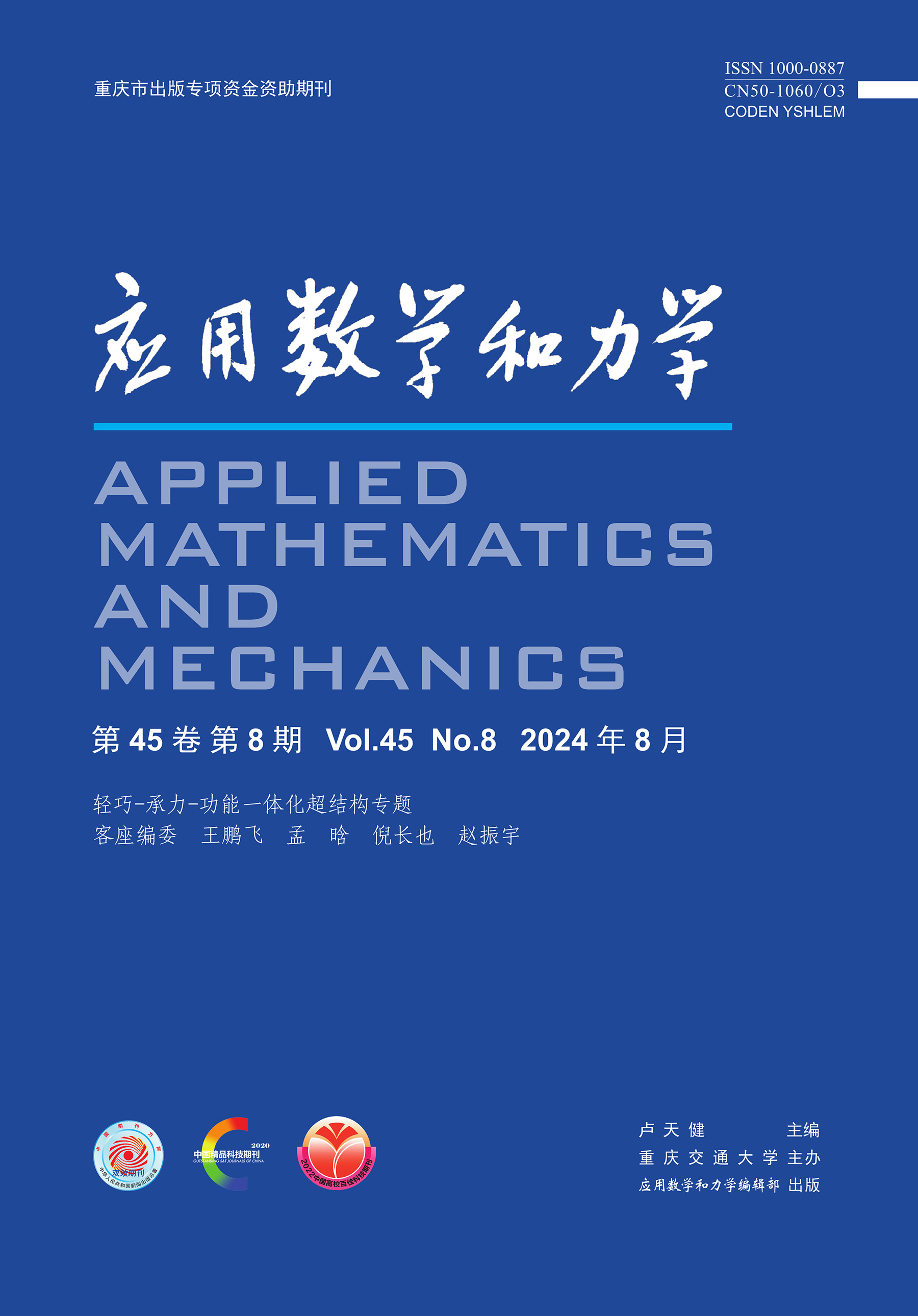Numerical Simulation Study of Spray Wall Impingement Combustion
Q4 Mathematics
引用次数: 0
Abstract
Fuel spray wall impingement is a common phenomenon in small high-pressure direct injection diesel engines. Fuel spray wall impingement influences the in-cylinder combustion process, and significantly impacts the engine’s dynamics, fuel economy, and emissions. To better understand the combustion characteristics of fuel spray wall impingement, the numerical simulation was applied to calculate the process and explore this process. The results show that, during the 2-stage combustion process of spray wall impingement, the impingement promotes the radial development radius and the vortex height of the spray, enhances oil-gas mixing near the wall, and forms favorable conditions for low-temperature ignition near the wall. Low-temperature combustion reactions start in the near-wall region, where the mixture is relatively dilute, and then develop into the dense mixed gas area in the center of the impinging spray. As low-temperature oxidation combustion continues to release heat, the maximum temperature in the center of the impinging spray will gradually increase, and a large amount of CH2O will accumulate. Meanwhile, the impinging spray can cause the formation of a more concentrated mixture in the center of the impinging spray, and low-temperature combustion would release less heat, resulting in the incomplete combustion of some carbon, and increasing the amount of soot generated. Additionally, as high-temperature combustion proceeds, the temperature will continue rising, and the impinging spray will draw more oxygen, generating a large amount of NOx through oxidation reactions.喷壁碰撞燃烧的数值模拟研究
燃油喷壁撞击是小型高压直喷柴油机的常见现象。燃油喷壁撞击影响着缸内燃烧过程,对发动机的动力性、燃油经济性和排放产生重大影响。为了更好地了解燃油喷壁撞击的燃烧特性,采用数值模拟方法对这一过程进行了计算和探讨。结果表明:在喷雾壁面撞击两段燃烧过程中,撞击促进了喷雾的径向发展半径和涡高,增强了壁面附近油气混合,为壁面附近低温点火形成了有利条件;低温燃烧反应始于混合物相对稀释的近壁区域,然后发展到碰撞喷雾中心的密集混合气体区域。随着低温氧化燃烧不断放热,撞击喷雾中心的最高温度逐渐升高,大量CH2O积聚。同时,撞击喷雾可以使撞击喷雾中心形成更浓的混合物,低温燃烧释放的热量更少,导致部分碳不完全燃烧,增加了烟尘的生成量。另外,随着高温燃烧的进行,温度会不断升高,撞击喷雾会吸入更多的氧气,通过氧化反应产生大量的NOx。
本文章由计算机程序翻译,如有差异,请以英文原文为准。
求助全文
约1分钟内获得全文
求助全文
来源期刊

应用数学和力学
Mathematics-Applied Mathematics
CiteScore
1.20
自引率
0.00%
发文量
6042
期刊介绍:
Applied Mathematics and Mechanics was founded in 1980 by CHIEN Wei-zang, a celebrated Chinese scientist in mechanics and mathematics. The current editor in chief is Professor LU Tianjian from Nanjing University of Aeronautics and Astronautics. The Journal was a quarterly in the beginning, a bimonthly the next year, and then a monthly ever since 1985. It carries original research papers on mechanics, mathematical methods in mechanics and interdisciplinary mechanics based on artificial intelligence mathematics. It also strengthens attention to mechanical issues in interdisciplinary fields such as mechanics and information networks, system control, life sciences, ecological sciences, new energy, and new materials, making due contributions to promoting the development of new productive forces.
 求助内容:
求助内容: 应助结果提醒方式:
应助结果提醒方式:


